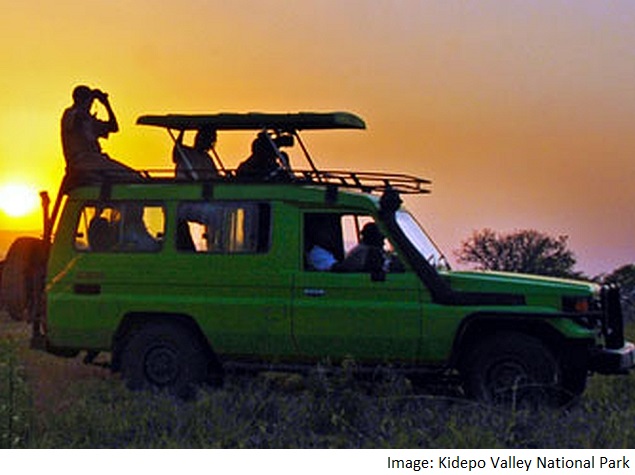
British researchers have developed a new software to better identify where poachers operate in protected areas.
Currently being used in the Queen Elizabeth National Park in Uganda, the ‘SMART’ tool has potential to improve mapping of illegal activities in national parks across the world, the researchers noted.
According to the study, the new method enables managers to identify consistent poaching hotspots, even in the areas where rangers rarely visit.
“Ranger-collected data is very biased because rangers target areas where they expect to find illegal activities, making statistical analysis very complicated,” explained lead author Rob Critchlow, research associate at the University of York.
With detailed analysis of ranger-collected data, the researchers created spatial maps of illegal activities within the Queen Elizabeth National Park.
For the study, the researchers recorded different types of threats including the commercial hunting of large mammals (elephants, hippos and buffaloes), setting of snares for small wildlife, harvesting of timber, illegal grazing, collection of thatch and other products and illegal fishing.
“Our research shows that threats occur in different parts of the park. This means there will now be trade-offs to decide where to invest anti-poaching patrol efforts.
“Managers must decide how important one threat is compared with another and how much money should be used to combat elephant poaching versus snaring of wildlife in general. We have also identified areas where several types of illegal activities occur but rangers rarely visit,” Colin Beale from the University of York said
[“source-gadgets.ndtv.com”]







